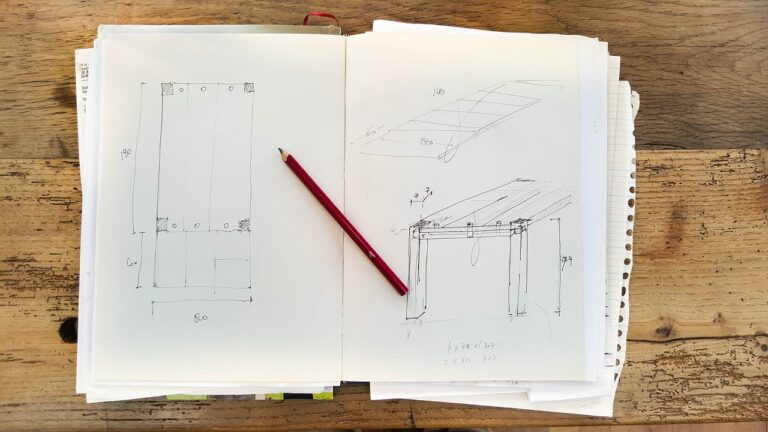Incorporating Project-Based Assessments into the Curriculum: Bet bhai login, Radheexch, Lotus365
bet bhai login, radheexch, lotus365: Incorporating Project-Based Assessments into the Curriculum
As educators, it’s essential to continually innovate our teaching methods to keep students engaged and encourage a deeper understanding of the material. One effective way to achieve this is through project-based assessments. These assessments allow students to apply their knowledge in real-world scenarios, fostering critical thinking, creativity, and collaboration skills. Here’s how you can incorporate project-based assessments into your curriculum:
1. Start with clear learning objectives
Before implementing project-based assessments, it’s crucial to define clear learning objectives for your students. What do you want them to achieve by the end of the project? Clearly stating these objectives will guide students in their work and help you assess their progress effectively.
2. Choose relevant projects
Select projects that are relevant to the curriculum and allow students to apply their knowledge in meaningful ways. These projects should be engaging and challenge students to think critically and creatively. Consider incorporating interdisciplinary projects that integrate multiple subjects for a more holistic learning experience.
3. Provide guidelines and expectations
Give students clear guidelines and expectations for the project, including deadlines, grading criteria, and presentation formats. By setting expectations upfront, you can ensure that students understand what is required of them and can work towards meeting those expectations.
4. Encourage collaboration
Project-based assessments provide an excellent opportunity for students to collaborate with their peers. Encourage teamwork and communication skills by assigning group projects that require students to work together towards a common goal. Collaboration fosters creativity and helps students develop essential social skills.
5. Offer support and feedback
Support students throughout the project by providing guidance and feedback along the way. Encourage them to ask questions, seek help when needed, and revise their work based on feedback. Constructive criticism can help students improve their projects and learn from their mistakes.
6. Evaluate outcomes
After students have completed their projects, evaluate their outcomes based on the learning objectives and grading criteria. Assess their understanding of the material, problem-solving skills, creativity, and presentation abilities. Provide constructive feedback to help students reflect on their work and make improvements for future projects.
7. Reflect on the process
Encourage students to reflect on their project-based assessments to identify what they learned, what challenges they faced, and how they can improve in the future. Reflection helps students internalize their learning and develop a growth mindset towards their education.
8. FAQs
Q: How can I assess group projects fairly?
A: Use a combination of individual and group assessments to ensure each student’s contribution is recognized. Include peer evaluations and self-assessments in your grading process.
Q: What if students struggle with project-based assessments?
A: Offer additional support and resources to help students overcome challenges. Encourage them to seek help from peers, teachers, or online resources to enhance their understanding of the material.
Q: Can project-based assessments be used in all subjects?
A: Yes, project-based assessments can be adapted to fit various subjects and grade levels. Consider the learning objectives of each subject and tailor projects accordingly.
Incorporating project-based assessments into your curriculum can enhance learning outcomes and student engagement. By providing opportunities for hands-on, real-world application of knowledge, you can empower students to become critical thinkers and problem solvers. Start implementing project-based assessments today to see the positive impact on your students’ learning experiences.







